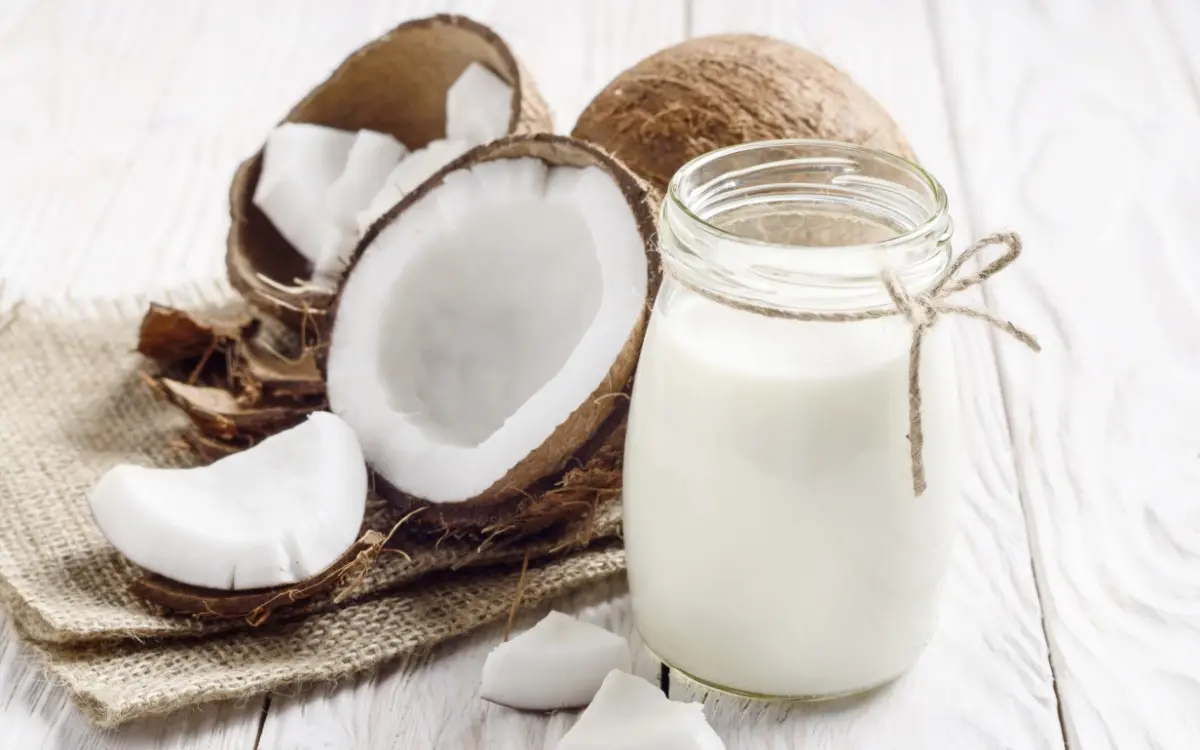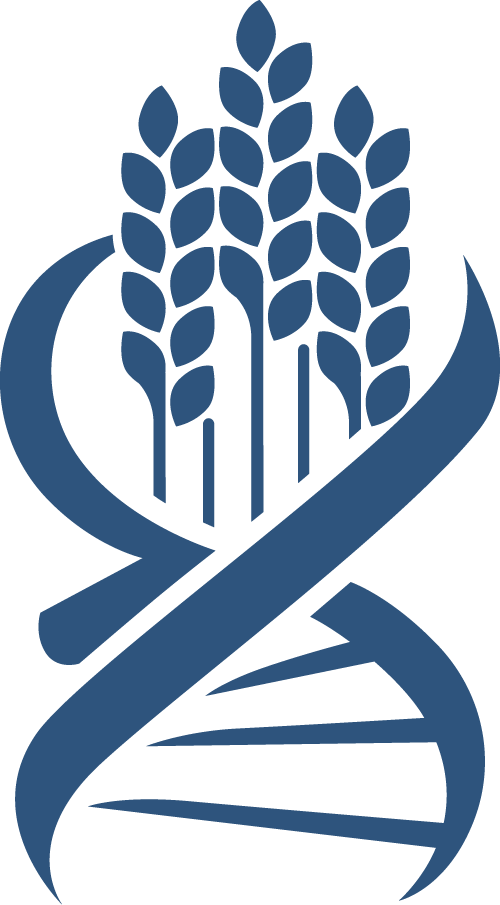new to the gluten free journey?
new to the gluten free journey?

Many people who avoid gluten find that they also need or want to avoid dairy. Perhaps this is you, or perhaps you’re considering this type of lifestyle. This article will go into more about why you might want to avoid both gluten and dairy, and also how to make the process feel a bit less daunting.
Contents
ToggleBefore we get into the discussion, let’s review what gluten is and how it can be a problem for some people.
Gluten is a type of protein found in the endosperm of grains. While gluten is most commonly associated with the grains wheat, barley, and rye, the reality is that all grains contain a type of gluten.
Gluten is found in all types of food and beverages. Most commonly, gluten is found in bread and baked goods. It is the “glue” that holds these items together and gives them a stretchy quality. However, gluten hides in all types of food and supplements, from condiments and sauces to medications and beverages. With the rise of processed foods, gluten is increasingly added to food items that many people consume on a daily basis.
Those with celiac disease need to avoid gluten in order to manage their autoimmune condition and support their gut health and inflammation. However, many others may want to go gluten free, such as those with non celiac gluten sensitivity or those with other autoimmune disease or gastrointestinal conditions. As gluten is inherently inflammatory and difficult to digest, many find that their gut health and overall health improves when they remove gluten from their diets. This article discusses some symptoms that might indicate that a gluten free diet is right for you.
The term dairy refers to the milk produced by mammals. Most commonly, dairy refers to products made with cow’s milk. However, dairy may also refer to other types of milk like goat’s milk and sheep’s milk.
In addition to being the most popular, cow’s milk is also the most allergenic type of milk. However, what most people don’t know is that there are also two different types of cow’s milk. The vast majority of dairy products on the market are made with milk from cows that produce A1 dairy. But there is another type of dairy, A2 dairy, that may be a better option for those who struggle to digest A1 dairy. The terms A1 and A2 refer to different forms of beta-casein, a part of the curds (i.e., milk solids) that make up about 30% of the protein content in milk.
While it may seem like A2 is a newer type of milk, the reality is that when we look back many years ago, all cow’s milk contained A2 beta-casein protein. This is the same primary protein as is in human milk, so we know that our bodies were designed to digest it. So what changed? Over time, there was a genetic mutation in cows in European dairy herds and an A1 beta-casein variation resulted in cows with two types of proteins – A1 and A2. Eventually, A1 beta-casein became the dominant form of dairy in the United States, but unfortunately, A1 dairy can be difficult for humans to digest.
Dairy is found in a number of common products, including milk, cream, yogurt, kefir, cheese, sour cream, cream cheese, ice cream, and butter. In most cases, these products use A1 dairy, but A2 options are starting to emerge. Alexandre Family Farm is one company that raises A2 dairy and produces a number of different products.
Still, those with celiac disease may react to dairy for several reasons as we cover in detail in this article and this article and summarize below:
Removing gluten and dairy from your diet can feel overwhelming, but we at Gluten Free Society are here to be a resource for you as you get through these changes that can provide a huge benefit to your health. Here are a few tips to help you ease into the process.
You probably know to look for terms like milk, cream, butter, yogurt, or cheese, but dairy may also show up in the following sneaky ways on a food label:
Not sure where to start? Check out our list of gluten and dairy free foods here. Additionally, here are some of our favorite gluten free and dairy free recipes:
A gluten free and dairy free diet can be supportive for many of us who are working to heal gut health and optimize overall health. While it might sound daunting, there are tons of healthy whole foods that are naturally free from gluten and dairy. As always, just be sure to read labels carefully and advocate for your health by asking questions. Gluten Free Society is here to support you!
Stay up-to-date with the latest articles, tips, recipes and more.

*These statements have not been evaluated by the Food and Drug Administration. This product is not intended to diagnose, treat, cure or prevent any disease.
If you are pregnant, nursing, taking medication, or have a medical condition, consult your physician before using this product.
The entire contents of this website are based upon the opinions of Peter Osborne, unless otherwise noted. Individual articles are based upon the opinions of the respective author, who retains copyright as marked. The information on this website is not intended to replace a one-on-one relationship with a qualified health care professional and is not intended as medical advice. It is intended as a sharing of knowledge and information from the research and experience of Peter Osborne and his community. Peter Osborne encourages you to make your own health care decisions based upon your research and in partnership with a qualified health care professional.